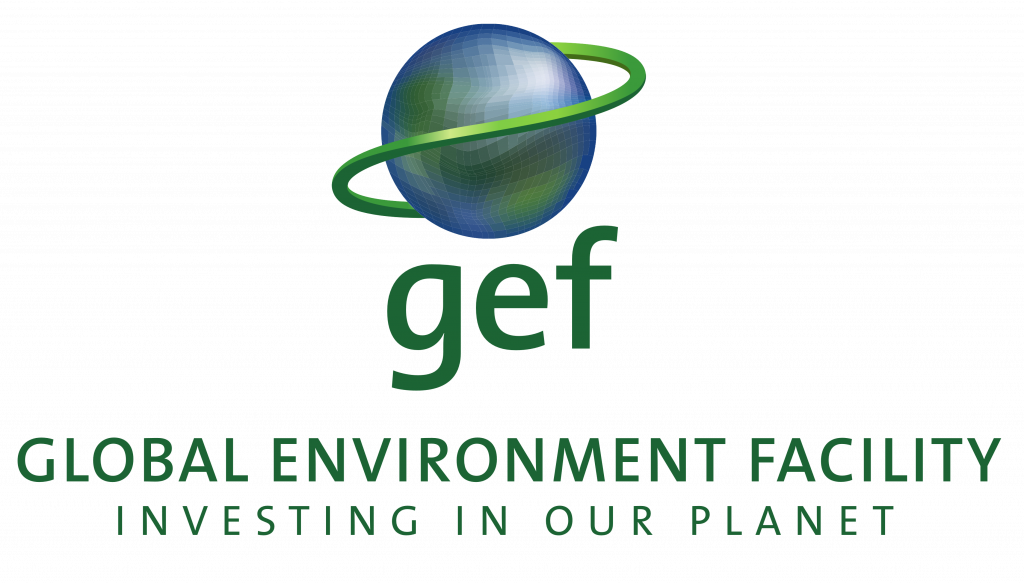Learn About
Early Warning Systems II
Introduction
The United Nations Environment Programme (UNEP) is supporting the government of Lesotho through the Ministry of Defence, National Security and Environment – Lesotho Meteorological Service (LMS) by implementing a full-Size Project (FSP) entitled “Strengthening climate services in Lesotho for climate resilient development and adaptation to climate change referred to as Early Warning Systems II Project (EWS II). The purpose of EWS II is to reduce the country’s vulnerability and risk to climate change hazards, characterized by irregular and unpredictable rainfall associated with increased floods and landslides as well as seasonal and prolonged droughts. The EWS II project will achieve this goal through three Components (Table 1) by strengthening the adaptive capacity at the national, district and local levels through the establishment of a complete Early Warning System (EWS), which generates knowledge of the risks (vulnerability & hazard), has capacity to monitor, analyse and forecast hazards, provides communication and dissemination of alerts, warnings, and advisories.
A Stakeholder Capacity Development Needs Assessment in Climate Change Adaptation was conducted in 2011. Its purpose was to to identify priority capacity needs for climate change adaptation in Lesotho. The assessment aimed to facilitate implementation of capacity development and training needs in the various stakeholder sectors, all geared toward addressing the effects of climate change in the country. Among the key findings, it underscored the necessity of addressing deficiencies in policies, institutions, and legislation.
Project Goal
The goal of the project is to reduce the country’s vulnerability to climate change impacts in particular on agriculture, rangelands and water management systems and targeted communities.
Project Objective
The objective of the Project is to “strengthen early warning in Lesotho to effectively address adaptation to climate change”. It is expected that the project interventions will generate in the long run, tangible poverty reduction benefits by addressing environmental sustainability aspects, food security and livelihood related issues and will also have a considerable impact on agriculture, livestock and rangelands, health and sanitation planning. The proposed project will scale up the existing Early Warning project’s coverage to the whole country through procurement of additional modern equipment/technology and provision of additional support for improvement of the institutional and human capacity needed to develop and operationalize an effective climate change early warning system and to ensure this capacity is sustained beyond the lifetime of the project.
| Components | Outcomes | Expected Outputs |
|
| 1.1 To cover the gaps in the LMS & MAFS monitoring network: 3 synoptic stations, 15 new automatic rain gauges, 6 new Agromet stations are installed following WMO standard; and 12 manual stations are upgraded following WMO standards to address the Minimata Convention requirements, 12 other Stations of various types are repaired. 1.2 A Nowcast based, Medium, Short-term and seasonal forecasting system is developed through the strengthening of Forecasting tools. 1.3 Human capacity programme to use the rehabilitated and upgraded network is developed through training of existing staff and new recruitments including at least 5 Agro-meteorologists, 4 Forecasting Officers, 20 Senior Technical Officers and 10 GIS/IT operators/Technicians and 6 IT Maintenance & Repair Technicians. 1.4 Advanced Meteorological Technician Course (AMTC) – Met Forecasters WMO Class II and Middle Meteorological Technician Course (MMTC) – Met Observers WMO Class III professional courses developed to meet the needs generated through staff turnover. 1.5 A financing plan developed for sustainability of operation and maintenance of installed EWS and human capacity. |
2. Creation of institutional mechanisms for coordination and implementation of EWS in Lesotho and for use of climate information generated in Component 1 in policy making and sector planning | 2. Enhanced institutional capacity for take- up of hydrometeorological services. | 2.1 A Climate Change Information Platform (EWS-CCIP) for inter-institutional data sharing and hazard monitoring & disaster risk assessment for scaling up of hazard and vulnerability mapping for the pilot regions in support of the EWS is established. 2.2 Economic risk models developed for 5 sectors (Agriculture, Livestock, Settlements, Health and Water (Dam) for a range of climate hazards in representative areas of the country. 2.3 Five (5) sets of sector-based EW advisories developed. 2.4 Multi-sector protocols developed and national EWS framework built. |
| 3. Piloting packaging and dissemination of EWS messages to different stakeholders/end users | 3. Effective climate early warning advisories delivered to local communities | 3.1 Climate change risk mapping carried out in 6 project Districts (to complement the 3 done already under Phase 1 of the project) and disseminated in order to raise awareness and support for engaging in EWS and to validate or finetune the sectoral advisories. 3.2 Community based EWS (CB-EWS) piloted and evaluated is developed in 6 Districts including at least Quthing, Thaba-Tseka and Mafeteng, Tsoelike Catchment (Qacha’s Nek district), Khubelu (Mokhotlong District) and Upper Hlotse –Mamafubelu (Leribe district) to enhance and test its impact on risk reduction in sectors and population. 3.3 A knowledge outreach programme for awareness raising and training on climate change risk impacts is designed and implemented to enhance decision-making and foster public awareness. |
For more information about EWS II please see project document.
- Contacts +266 22310920
- Mr Mosuoe Letuma Project Manager,
- Lesotho Meteorological Services
- mosuoe.letuma@gov.ls




